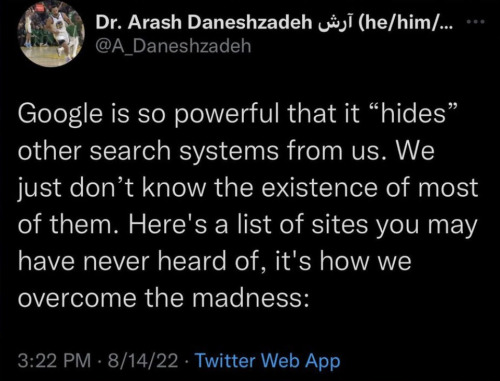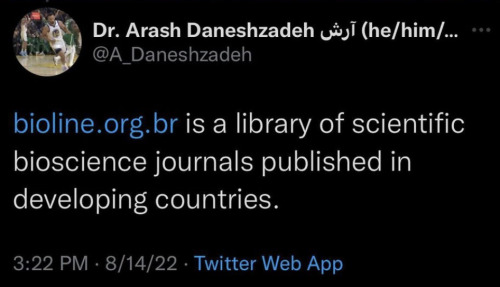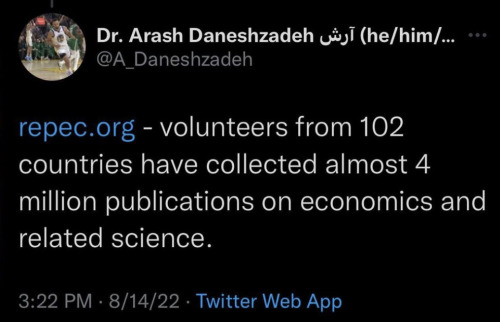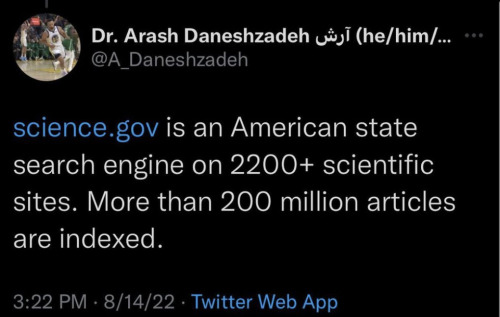Dr Robotnik Might Be One Of My Favorite Fictional Characters Ever


Dr Robotnik might be one of my favorite fictional characters ever
Bonus, blue bathed ‘bots n’ doctor
More Posts from Mlcly-bloo and Others
where is "at this rate sonic will become president" when you need it














How people in the USA loved nature and knew the ways of the plants in the past vs. nowadays
I have been in the stacks at the library, reading a lot of magazine and journal articles, selecting those that are from over fifty years ago.
I do this because I want to see how people thought and the tools they had to come up with their ideas, and see if I can get perspective on the thoughts and ideas of nowadays
I've been looking at the journals and magazines about nature, gardening, plants, and wildlife, focusing on those from 1950-1970 or thereabouts. These are some unstructured observations.
The discourse about spraying poisons on everything in your garden/lawn has been virtually unchanged for the past 70 years; the main thing that's changed is the specific chemicals used, which in the past were chemicals now known to be horribly dangerous and toxic. In many cases, just as today, the people who opposed the poisons were considered as whackos overreacting to something mostly safe with a few risks that could be easily minimized. In short, history is not on the pesticides' side.
Compared with 50-70 years ago, today the "wilderness" areas of the USA are doing much better nowadays, but it actually appears that the areas with lots of human habitation are doing much worse nowadays.
I am especially stricken by references to wildflowers. There has definitely been a MASSIVE disappearance of flowers in the Eastern United States. I can tell this because of what flowers the old magazines reference as common or familiar wildflowers. Many of them are flowers that seem rare to me, which I have only seen in designated preserves.
There are a lot more lepidopterans (butterflies and moths) presumed to be familiar to the reader. And birds.
Yes, land ownership in the USA originated with colonization, but it appears that the preoccupation with who owns every little piece of land on a very nitpicking level has emerged more recently? In the magazines there is a sense of natural places as an unacknowledged commons. It is assumed that a person has access to "The creek," "The woods," "The field," "The pond" for simple rambling or enjoyment without personally owning property or directly asking permission to go onto another person's property.
There is very little talk of hiking and backpacking. I don't think I saw anything in the magazines about hiking or going on hikes, which is strange because nowadays hiking is the main outdoor activity people think of. Nature lovers 50-70 years ago described many more activities that were not very physically active, simply watching the birds or tending to one's garden or going on a nice walk. I feel this HAS to do with the immediately above point.
Gardening seems like it was more common, like in general. The discussion is about gardening without poisons or unsustainable practices, instead of trying to convince people to garden at all.
Overall, the range of animals and plants culturally considered to be common or familiar "backyard" creatures has narrowed significantly, even as the overall conservation status of animals and plants has improved.
This, to me, suggests two things that each may be possible: first, that the soils and environments of our suburbs and houses have sustained such a high level of cumulative damage that the life forms they once supported are no longer able to live, or second, that our way of managing our yards and inhabited areas has become steadily more destructive. Perhaps it may be the case that the minimum "acceptable" standard of lawn management has become more fastidious.
In conclusion, I feel that our relationship with nature has become more distant, even as the number of people who abstractly support the preservation of "wilderness" has increased. In the past, these wilderness preservation initiatives were a harder sell, but somehow, more people were in more direct contact with the more mundane parts of nature like flowers and birds, and had a personal relationship with those things.
And somehow, even with all the DDT and arsenic, the everyday outdoor spaces surrounding people's homes were not as broadly hostile to life even though the people might have FELT more hostile towards life. In 1960, a person hates woodpeckers, snakes and moths and his yard is constantly plagued by them: in 2024, a person enjoys the concept of woodpeckers, snakes and moths but rarely sees them, and is more likely to think of parks and preserves as the place they live and need to be protected. Large animals are mostly doing better in 2024, but the littlest ones, the wildflowers and bugs and birds, have declined steeply. It's not because "wilderness" is less; it seems more because non-wilderness has declined in quality.



Garden of the White Dragon 白龍園 // Patrick Vierthaler


refseek.com

www.worldcat.org/

link.springer.com

http://bioline.org.br/

repec.org

science.gov

pdfdrive.com



Scum Villain Self-Saving System.
7/9 Recovery AU. I imagine them travelling doing demon hunting mysteries together. Presenting: some moments of that.
(PS, I learned very recently this stupid fursona joke may have propelled CaQiBara fandom trend, which I didn’t even know was happening until I was told…. I am glad everyone agrees with the vibes at least?)
i dont think i posted these but here i made a little frog pattern to make tiny frog toys with my grandma






this is the first lil guy I made while still learning how i should sew it

reposting bc the prolifers found my old post and i dont want them to have nice things
-
 takenizzy reblogged this · 5 months ago
takenizzy reblogged this · 5 months ago -
 takenizzy liked this · 5 months ago
takenizzy liked this · 5 months ago -
 trashpanda-lotor liked this · 6 months ago
trashpanda-lotor liked this · 6 months ago -
 carismahere liked this · 6 months ago
carismahere liked this · 6 months ago -
 krissiefox liked this · 6 months ago
krissiefox liked this · 6 months ago -
 colorfullaudino liked this · 7 months ago
colorfullaudino liked this · 7 months ago -
 tripecake reblogged this · 7 months ago
tripecake reblogged this · 7 months ago -
 tripecake liked this · 7 months ago
tripecake liked this · 7 months ago -
 pandorauniverse616 liked this · 7 months ago
pandorauniverse616 liked this · 7 months ago -
 hikingsuper liked this · 7 months ago
hikingsuper liked this · 7 months ago -
 koviscash-art liked this · 7 months ago
koviscash-art liked this · 7 months ago -
 melikeeggnog liked this · 7 months ago
melikeeggnog liked this · 7 months ago -
 wokesonic liked this · 7 months ago
wokesonic liked this · 7 months ago -
 kinderiiriesenii liked this · 7 months ago
kinderiiriesenii liked this · 7 months ago -
 inksn-ke liked this · 7 months ago
inksn-ke liked this · 7 months ago -
 thebloomingglooms liked this · 8 months ago
thebloomingglooms liked this · 8 months ago -
 sunnydust2003 reblogged this · 8 months ago
sunnydust2003 reblogged this · 8 months ago -
 sunnydust2003 liked this · 8 months ago
sunnydust2003 liked this · 8 months ago -
 zkitty8 reblogged this · 8 months ago
zkitty8 reblogged this · 8 months ago -
 madirws liked this · 8 months ago
madirws liked this · 8 months ago -
 esosage reblogged this · 8 months ago
esosage reblogged this · 8 months ago -
 esosage liked this · 8 months ago
esosage liked this · 8 months ago -
 srkizer reblogged this · 8 months ago
srkizer reblogged this · 8 months ago -
 srkizer liked this · 8 months ago
srkizer liked this · 8 months ago -
 gloryc-art liked this · 8 months ago
gloryc-art liked this · 8 months ago -
 mlcly-bloo reblogged this · 8 months ago
mlcly-bloo reblogged this · 8 months ago -
 mlcly-bloo liked this · 8 months ago
mlcly-bloo liked this · 8 months ago -
 jaredrosen reblogged this · 8 months ago
jaredrosen reblogged this · 8 months ago


